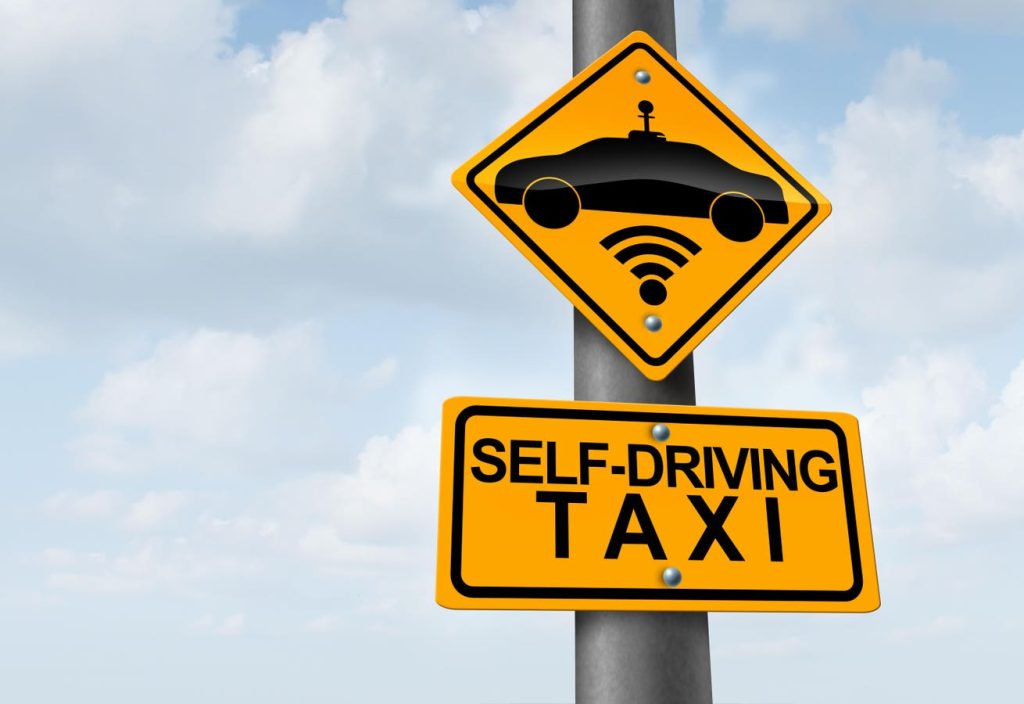Elon Musk’s We, Robot event last month, focused on robotaxi services, showed problematic hardware accompanied by a business plan that was all hand-waving. If you want to sit around and wait for Tesla to establish a robotaxi fleet, be my guest. Otherwise, here’s what’s really happening in the autonomous people-moving space, i.e. robotaxis and roboshuttles.
Waymo Dominates
Waymo, the undisputed leader in the robotaxi space in North America, just announced on Instagram that they are logging 150,000 robotaxi trips per week, up from 100,000 trips per week a couple of months ago. Their total driverless mileage is accumulating at 1M miles per week, up from 500K miles per week. These are astounding numbers, yet all indications are that they will quickly rise further. Their most recent safety data shows that 84% fewer airbag-deployment crashes are occurring compared to human drivers in similar situations. Articles about supposedly unsafe robotaxis from journalists and bloggers seem to be a thing of the past, at least for now.
May Mobility Reaching New Geography
Another important people-moving operation, albeit at a smaller scale, is May Mobility.
With a lean staff of only 280 people, May Mobility operating driverless-intent shuttle buses on fixed routes. Their deployment in Sun City, Arizona has already transitioned to driver-out, while operations at other sites rely on a safety driver for the time being. The company said that another operations area will transition to driver-out by the end of this year, with more in early 2025.
In total, May Mobility has stood up nine deployments in the U.S. over recent years. The company reports that deployments will rise to sixteen “soon.” Several of these will be in Japan, where May is partnered with NTT’s mobility group to start services there next year. Toyota e-Palette vehicles will be operating using May Mobility’s hardware and software.
The e-Palette is a bespoke design optimized for autonomous people transport. It does not have driver controls, mirrors, etc. which are required by U.S. motor vehicle regulations. Thus, a May Mobility deployment with these vehicles, as slick as they look, would be difficult to deploy in the U.S. in the same way Tesla’s CyberCab would be non-compliant.
But Japan is another story. There, the deployment of the Toyota e-Palette vehicle adheres to local safety regulations, which are currently designed to ensure secure operations in controlled environments. May Mobility says they are actively collaborating with their Japanese partners—Toyota, Monet, and NTT—to determine the most suitable use cases and deployment locations for this advanced platform.
Toyota led May’s $50M Series B round in 2019 and has continued to invest in further rounds. NTT led May’s $105M D round announced in late 2023. In fact, NTT Group has acquired the exclusive rights to distribute May Mobility’s autonomous vehicle technology throughout Japan. May Mobility’s total funding is $300M to date.
While Tesla is making dubious assertions about a profitable robotaxi operation run by “shepherds” who own an handful of CyberCabs, May Mobility is much further down this road. The company tells me that some of May’s deployments are already running with a positive margin.
“At 20 cents revenue per mile, I expect Tesla will need 300,000 miles to break even,” said CEO and Founder Dr. Edwin Olsen in a recent interview. But he stressed that Tesla relying on their huge trove of camera-based driving data to create their robot driver is fundamentally flawed. “A situation will arise which the car has never seen before, despite millions of miles of training data. So direct sensing and perception needed,” said Dr. Olsen.
Although Mr. Musk touts the sufficiency of today’s camera-only sensing, Dr. Olsen disagrees. “Theoretically, camera-only can be sufficient for self-driving, but the technology and training data is not yet up to the task. This could be possible by end decade,” he said.
Waymo is in the early stages of extending its operations beyond streets to operate on highways. Will May Mobility do the same? Dr. Olsen says they are prepared to conduct highway operations when requested by clients.
More Entering The Game
Amazon-owned Zoox plans to deploy a small fleet of their robotaxis in San Francisco and Las Vegas “in the coming weeks,” co-founder and CTO Jesse Levinson announced last week. But Zoox is taking “a measured approach,” according to Levinson, with this phase of deployment only being open to company employees.
Similar to the e-Palette, the Zoox vehicle is also optimized for people-moving and does not have traditional driver controls. Due to some special features, Zoox asserts that it is nevertheless compliant with Federal Motor Vehicle regulations. They are in a “conversation” with NHTSA about this, while at the same time NHTSA is investigating issues with potentially inappropriate sudden braking by Zoox vehicles.
Cruise Automation is poised to transition to driverless operations for the public early next year.
Hints of 2025
Tesla, after the CyberCar announcement, provided more information in their 3Q24 earnings call. Mr. Musk mentioned that Tesla employees have been able to summon a Tesla vehicle with Full Self-Driving software, with a safety driver behind the wheel. He claimed the company “expects” to roll out a paid ride hailing service in California and Texas starting next year, pending regulatory approval. The statement is cleverly worded such that the government agencies could be the scapegoat for any delays.
My advice? Don’t hold your breath about Tesla robotaxis until you actually see a fleet in operation without safety drivers, which the public can access.
Meanwhile, for the action in 2025, keep an eye on Waymo, May, Zoox, and Cruise.
Read the full article here








